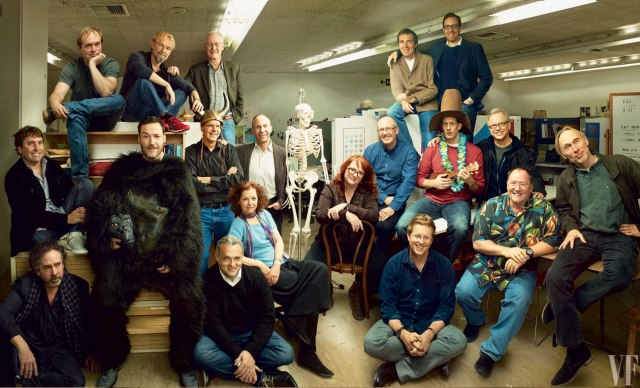
This month's Vanity Fair contains an excellent article by Sam Kashner called "The Class that Roared," detailing a time in Disney animation history when the old guard was ready for retirement and the need for new blood was dire:
"The great renaissance of animation (Beauty and the Beast, Toy Story, The Nightmare Before Christmas, Ratatouille, etc.) has come almost entirely from one now famous group of students at the California Institute of the Arts in the 1970s. As students, they owed it all to Walt Disney, but as pros, many hit a wall at Disney's studios."
The list of Cal Arts students from this era (shown in the Annie Leibovitz photo above) reads like a Who's Who List of today's best: Tim Burton, Brad Bird, John Musker, Glen Keane, Pete Docter, John Lasseter, Henry Selick, Gary Trousdale, Mike Giaimo...just to name a few. "People think it was the businessmen, the suits who turned Disney Animation around. But it was the new generation of animators, mostly from CalArts," states Brad Bird in the article.
This scenario is seen often, and it is not unique to animation. Here's how it starts: a new and cutting-edge business is begun, creating a buzz and excitement in its industry. The public adores it, rushes to take part in it, and puts money in the heretofore empty coffers of that business. Naturally, the public wants more as soon as possible, forcing this company to quickly churn out more of its product to satisfy the audience's needs and to keep those coffers full so that they can all keep their jobs. Sounds like a fantastic situation, right?
Here's where the problems begin: during the first phase, the new cutting-edge business is able to fly under the radar since they are brand new. The public is not fully aware of them nor do they have any pre-conceived expectations, which is the really important part. Once the blockbuster product is released and the public has spent their money, they become a sort of stockholder. They express their opinions, make suggestions, and become increasingly more critical of what is being produced. This puts a lot more pressure on said company, who finds that their creative freedom is now hampered by fiscal responsibility. The ideas become less cutting-edge as they are forced to create more of the same, as "Don't mess with success!" becomes the business' motto. It doesn't take a rocket scientist to figure out that while this will create short-term profits, the long-term success is doubtful, as this particular business will eventually be usurped by a new business who comes up with something new and different. Sounds like a vicious circle, right?
This is exactly where Disney animation was in the 1970s. Nothing new, nothing cutting edge...just a very watered-down version of what had put them on the map back in the 1930s.
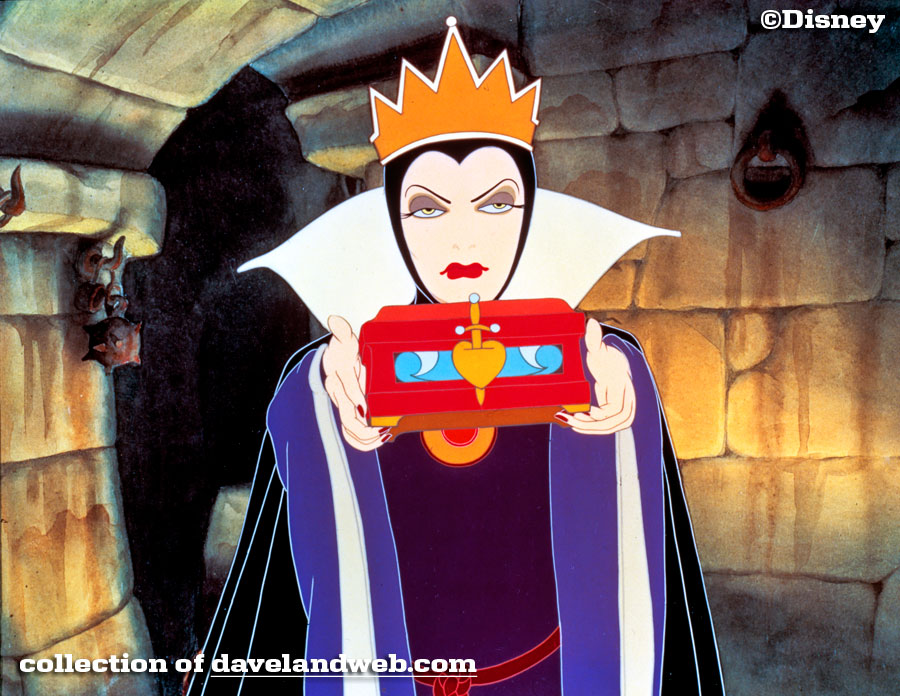
At Cal Arts, the aforementioned rag-tag group of "new kids on the block" were taught and mentored by some of the greats from the Disney studio, including Marc Davis. Bill Moore (a design teacher who had come out of the Chouinard Art Institute) did not want to join the faculty. "Why would I want to teach a bunch of kids whose only interest is in making Mickey's tail wag?" Brad Bird recalls how eye-opening it was to learn from Moore that "design was all around you." Moore told his students, "I'm not going to teach you color. I'm not going to teach you how to draw. What I'm going to do is teach you how to think." According to Diaimo ("Frozen," "Pocahontas"), "He took you to the edge of anxiety, fear, and frustration, and then you learned. He had an amazing style." Gary Trousdale recalls that Moore would single out one person almost daily as the genius of the day. John Lasseter would often be the recipient of this honor. After a solid streak of almost 3 weeks of this title, Moore called one of his pieces "true shit." When Lasseter appeared upset, the unfiltered Moore told him, "John, you can't wake up with a hard-on every morning."
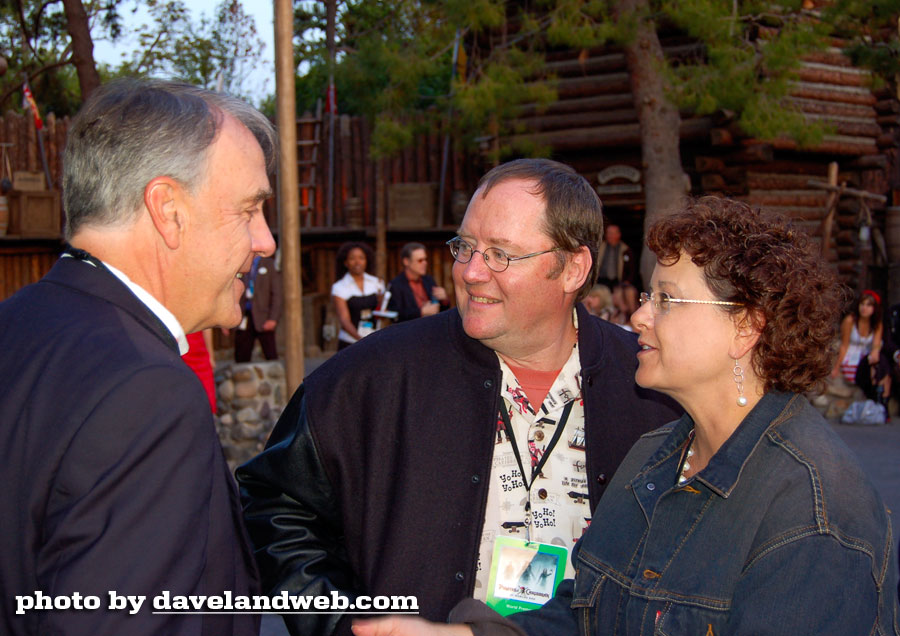
Once this group of young upstarts was ready for graduation into the big leagues at Disney, they found that the studio didn't know what to do with them. Scared of trying something new, but aware that what they were doing wasn't really grabbing the public anymore, the Disney Studio let the new kids languish. As Vanity Fair tells it, "The new recruits were on fire and full of ideas, and management was wary." For 1981's "The Fox and the Hound" (the first assignment for the animation mavericks) anything new or creative was vetoed or watered down to the point to where it was just plain boring. Brad Bird's favorite scene is the bear fight, which he says is only as good as it is because the studio ran out of time to "ruin it."
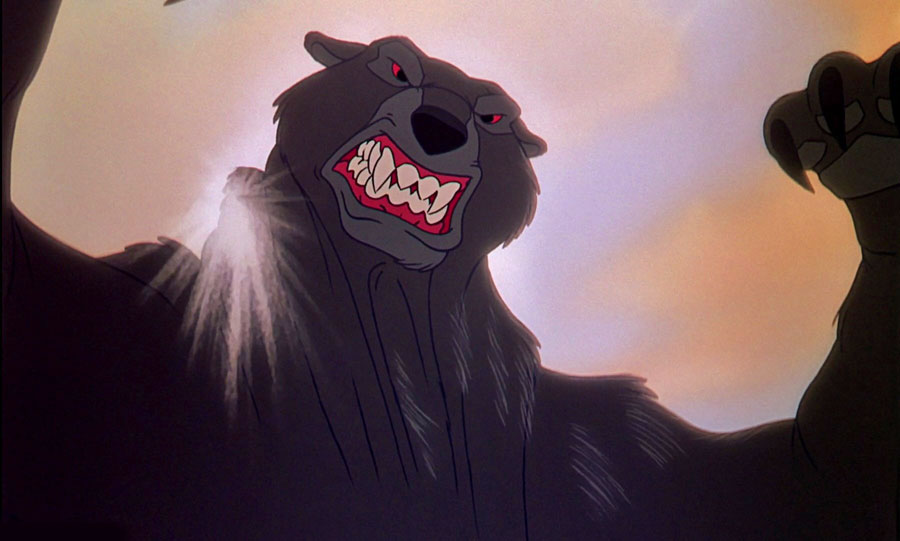
In the meantime, Burton had been fired for "Frankenweenie" (the original live-action version from 1984). "They wanted artists but turned them into zombies on an assembly line."
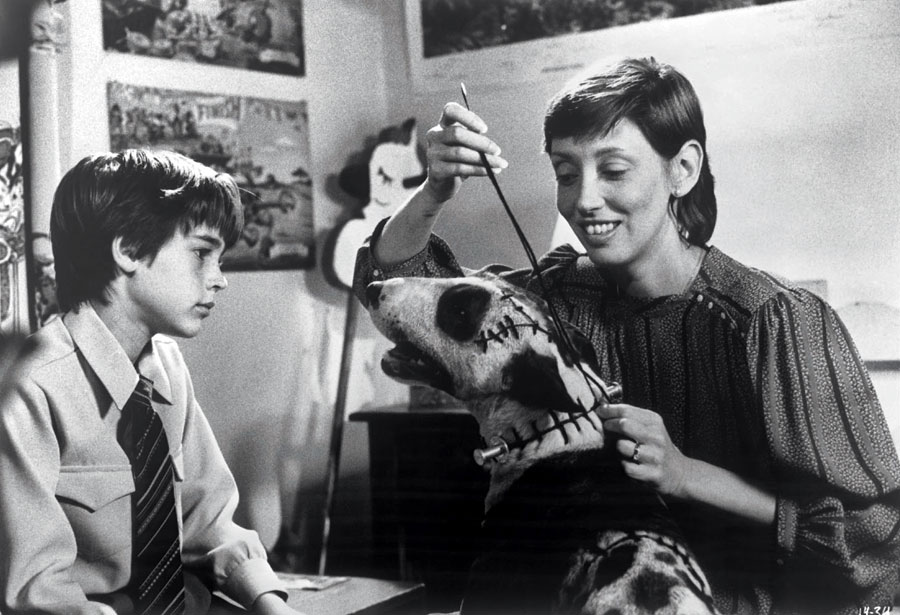
It wasn't until "The Little Mermaid" (1989) that this group was allowed the creative freedom necessary to breathe life back into Disney Animation.
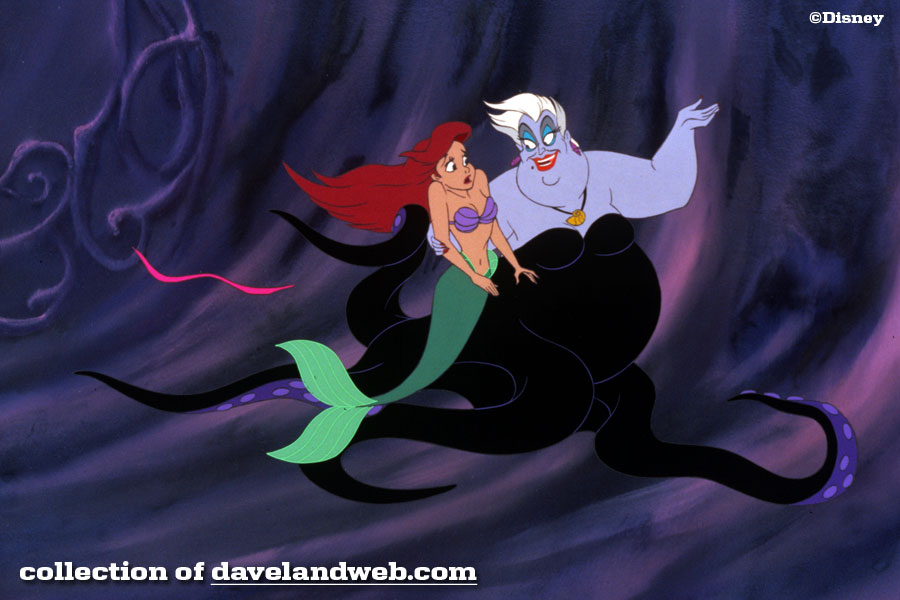
To see what happened during the making of that movie, “Waking Sleeping Beauty” is a fantastic documentary about all of the blood, sweat, and tears that were involved. In the meantime, be sure to read the Vanity Fair article.
See more vintage & current Disneyland photos on my main website.

No comments:
Post a Comment